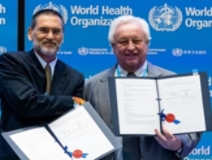
Contacts
-
Head Office: DEVASHISH BUILDING, ALKEM HOUSE, SENAPATI BAPAT ROAD, LOWER PAREL, MUMBAI - 400 013
-
Phone: +91 22 3982 99 99
-
Phone: 1800 212 0767
-
Email: [email protected]



